All around the world, there are beautiful castles, citadels, and palaces just waiting for you to visit. Each has its own beauty, its own charm and are a must see place for your checklist.
All of these places can be viewed via a tour or on your own. Each is a timeless example of a different country or era in time. So grab your camera, book your tickets and off you go.
20. Amber Fort in India
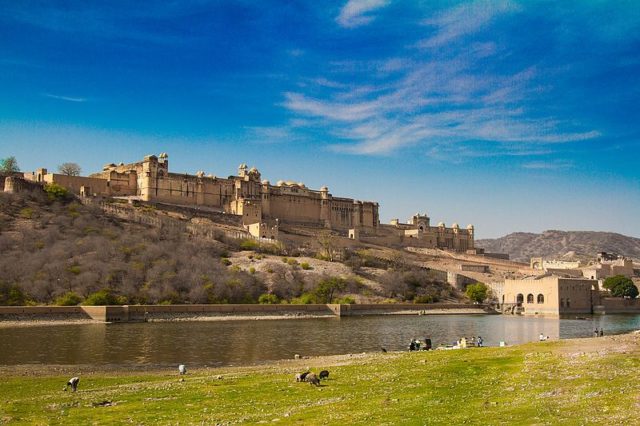
This is a palace made out of red sandstone and marble and can be found in Amer, a town just 11 kilometers from Jaipur. It was constructed up on a hill and is the main tourist attraction in the area.
The Fort is well known for the artistic Hindu style element it carries. It looks over Moata Lake and has a series of cobbled paths, large ramparts and a series of gates that would have been used as a defense in its earlier times. The palace lies over four levels, and each has its own courtyard. It used to be the residence of the Rajput Maharajas and their families. Near to the Ganesh Gate, there is a temple for the goddess Sila Devi from the Charitanya cult. Visitors to the Amber Fort are over 5000 a day.
The palace is located near the National Highway 11C to Delhi, and a narrow road leads to the entrance gate, known as the Sun Gate, through which elephant rides can be taken. The fourth courtyard is worth visiting as it contains a stunning private audience hall with alabaster relief work and floral glass inlays. This is also the courtyard where the Royal family women lived.
19. Prague Castle of the Czech Republic
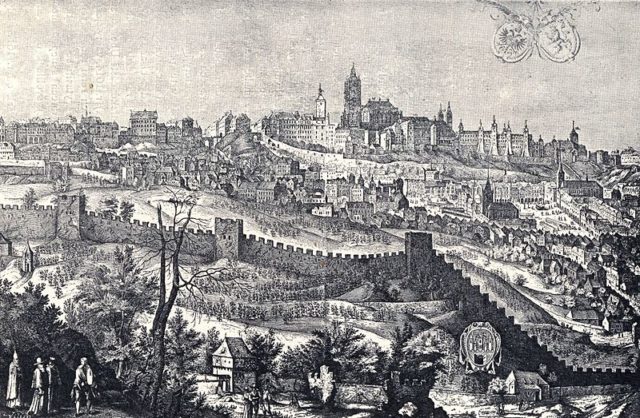
This is the largest ancient castle in the world. It sits over 17 hilltops overlooking the city of Prague. It was built in about 880, by Prince Bořivoj, and only remnants of the stone used can be seen today. It grew and expanded over the centuries, and over that time has been looted and damaged and restored. Various areas like the Royal Gardens have been added, as well as new residential areas. The castle contains architecture of the Renaissance style as well as, to some extent, resembling the appearance of a Chateau.
In 1989, the Castle was opened to the public. It is the seat of the Czech President, as well as home to many treasures and artifacts. The Czech Crown Jewels are even housed here.
18. Blarney Castle in Ireland
The Blarney castle that stands today is actually the third one constructed on the site, with the first being a wooden building, the second made from stone and this the third version, built in 1446.
At the top of the tower is the Blarney Stone, where people kiss it, sometimes hanging upside down, to receive the gift of the gab (to be able to speak with eloquence).
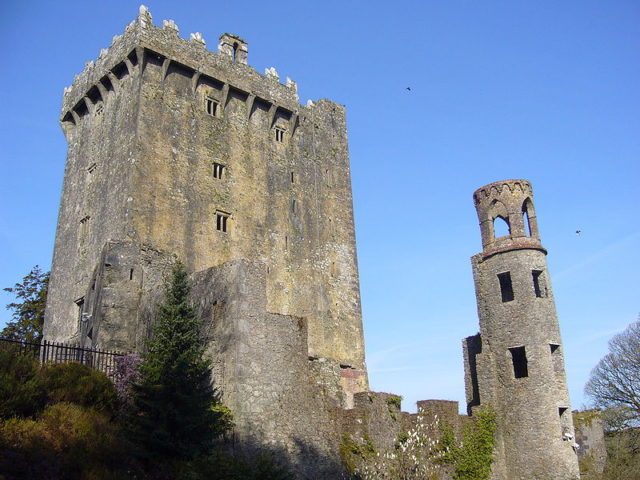
The castle is now a partial ruin but has some accessible rooms and battlements you can view. Around the castle are huge gardens lined with a sign posted paths, and there is even a poison garden such as the one in England, with various poisonous plants in it. Over 200,000 people visit the castle each year.
17. Alhambra of Spain
It is a stunning palace that was built on a plateau looking over the city of Granada. It was originally built between 1238 and 1358, during the reign of Ibn al-Ahmar and his successors, in a Moorish style.
The ruler of Spain, Charles I, tore down and rebuilt parts of it in the Renaissance style so that it could become more in line with the tastes of the Holy Roman Emperor. It’s had a rough history, with it losing towers to the French in the War of Independence in 1812, and further damage was caused in 1821 by an earthquake. Restoration of this stunning palace has been in progress since 1828 up to the modern day.
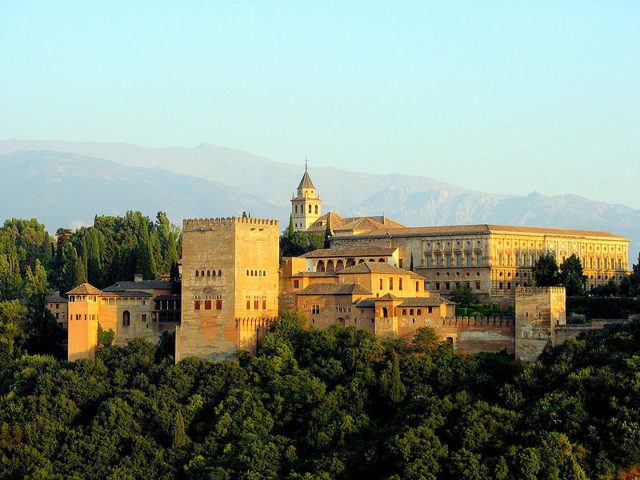
The name comes from the color of the towers and walls which is a red shade. Extraordinarily, by starlight, it looks like silver, and in bright sunlight, the palace glows golden. It has many courts in the palace such as the Fountain of the lion which holds a beautiful alabaster basin held by 12 white marble lions, and there are many other things to enjoy, including terraced gardens, and other fountains and pools. The most important room in the complex is the salon de Los Embajadores (Hall of the Ambassadors), a reception room on a grand and spatial scale. It has been a national monument since 1870.
16. Chateau De Chambord in France
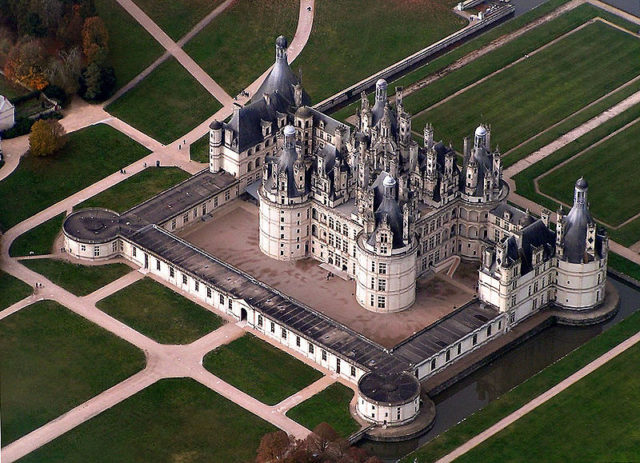
It is the largest Château in the Loire Valley and was originally a hunting lodge for King Francois I. At one point, it was neglected for approximately 100 years and eventually restored by Gaston d’Orleans and King Louis XIV. It had many occupants over the years but once again became abandoned in 1750. In the middle of the 20th century, the French Government became the new owners and had renovated and opened it up to the public.
The building is a rough square with towers at each corner, and two wings are also attached to the castle. There are about 400 rooms and a staggering 84 staircases. The roof of the building is highly ornate, with two impressive towers framing eleven chimneys in a charmingly unsymmetrical style. It is a beautiful building that combines medieval French architecture with details from the Italian Renaissance.
15. Matsumoto Castle in Japan
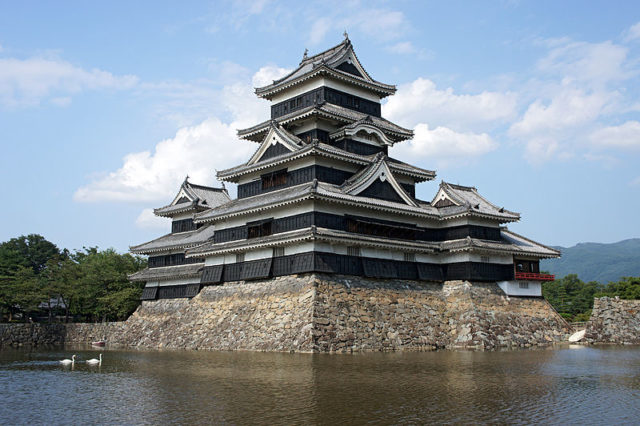
One of Japan’s original castles, it is a castle built on the plains instead of a hill or a mountain. This castle is unique as it has a secondary donjon and a turret off to the side of the keep (the ornate levels or stories of the building). It is fully fortified as it was built when military threats were present. It is a stunning castle in black and white giving it charm and elegance. In spring, it is a popular place to come and view the cherry trees in bloom. The castle is only a fifteen-minute walk from Matsumoto.
14. Arg-e Bam in Iran
Arg-e Bam is an adobe Citadel found in Bam, in south-eastern Iran. It sits on the Silk Road, and can be traced back to the Achaemenid Empire (6-4 centuries BC), and possibly even further back than that.
It was an important part of the trade routes and was known for silk and cotton garment production.
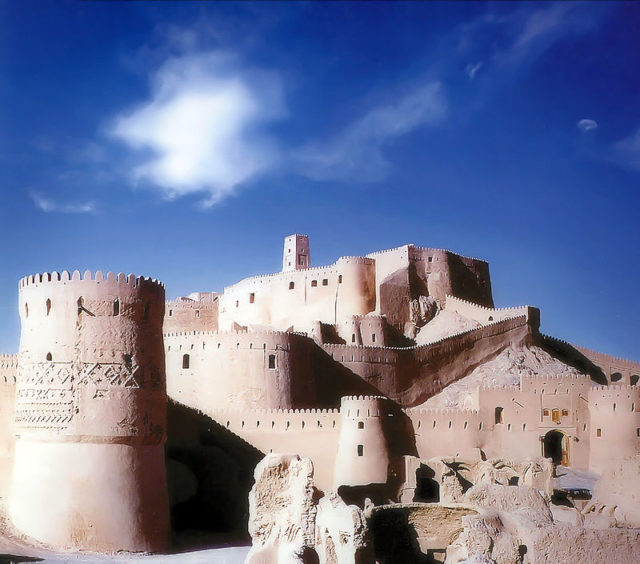
The Citadel was nearly completely destroyed in 2003 due to an earthquake. The buildings are still in the process of being rebuilt, so you can’t see as much as you would have prior to 2003 but it is still very much worth the visit.
13. Edinburgh Castle of Scotland
Perched high on Castle Rock, the Scottish fort has stood through 26 sieges in its thousand year history.
Like many medieval castles, it has a complex building history. Some of the building dates back to the 12th century.

There are guided tours through this famous piece of Scottish history, but if you prefer going it alone, you can use the audio tour guide. This is great if you want to know more about the architecture and its dramatic history. The castle also offers a wide range of accessibility options with a specialized courtesy vehicle, ramps, and lifts. Braille is also a feature offered in this castle for sight impaired visitors. Inside the Royal apartments is the Crown Jewel shop which sells unique jewelry.
12. Himeji Castle in Japan
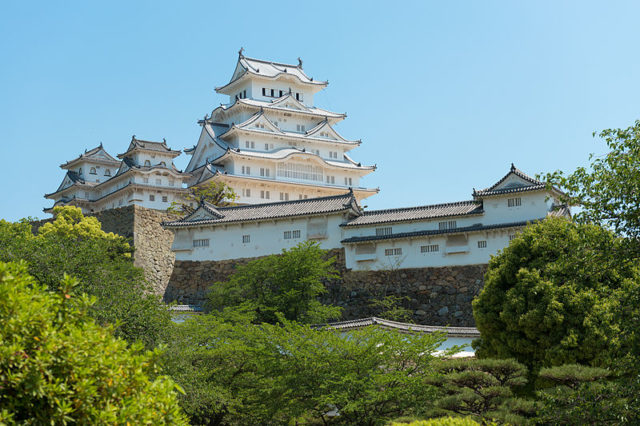
Not far from Kobe is Japan’s most stunning and spectacular castle. The castle you see there today was partially built in 1581, by warlord Hideyoshi Toyotomi and was a three-story donjon. In 1608, the castle grew to be a five-story donjon, and then a few years later it was again expanded to how it is now. It is a very large structure. Although the castle was never besieged, it has many defensive turrets and walls. The framework of the castle is made from a cypress beam which is 800 years old.
The complex structure contains eighty-two castle buildings as well as the 46-meter high keep. Only two of the three moats still survive today. From the top of the building you can gaze out over Himeji town, and you can see out to the Ejima Islands. The grounds of the castle are full of cherry trees, and in cherry blossom season the grounds are awash with pink petals.
11. Castello Di Sammezzano of Italy
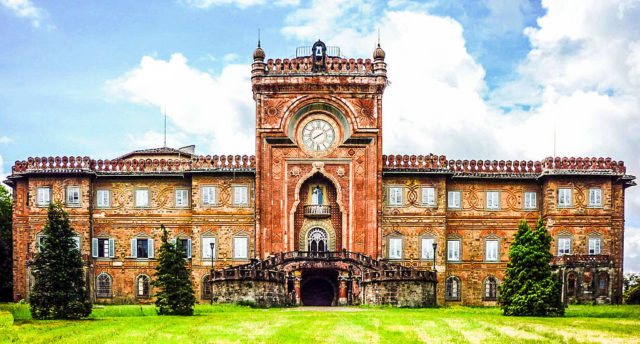
This is a Moorish castle from the 17th century. In the 1800’s it underwent a makeover, and now the interior has beautifully detailed wall carvings and tiled floors. It is 25 kilometers southeast of Florence and is situated in an 185-hectare park. It is a stunning and regal building that doesn’t look worse for the fact that it has been abandoned since the 1990s.
A group of volunteers are working hard at the moment to try and stop it being turned into anything but a museum. Unfortunately, being able to walk around inside only happens sporadically, and tours are, as of yet, not available in this stunning building.
10. Hohensalzburg Castle in Austria
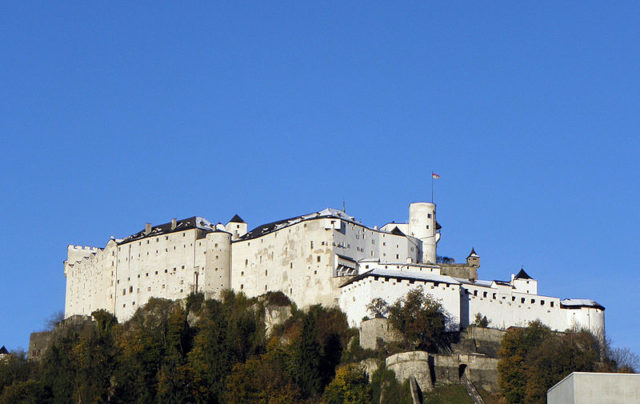
This castle peeks out above the baroque towers in the city of Salzburg, giving the city its landmark silhouette. It was built back in 1077 and over time has evolved into a large fortress. It is a quarter of a kilometer long and has a huge curtain wall around it. Inside the castle, you will find many small museums, such as the Museum of Puppetry. However, the views are what most visitors come for, with a vista looking right out across Salzburg, all the way to the Austrian Alps.
To get to the castle, you can either climb the hill by foot or take a train to it. The railway in some form or another has been connected to the Castle for hundreds of years, and it has helped visitors get there since 1860. In some parts of the castle, it is possible to wander about, but for the main areas, you need the help of audio guides.
9. Bran Castle in Romania
This is a 12th-century fortress that supposedly was the scene for the Bram Stoker’s novel Dracula. By 1388, the castle was completed, built on a steep cliff with excellent views of the nearby hills. It has been both a fortress and a customs house. The castle is near the Eastern Border of Transylvania, and it was used to try and stop the expansion of the Ottoman Empire.
The castle has been used by many people over the centuries and has seen many battles, including Vlad the Impaler slaughtering the people of its town. Over time, the castle sustained damage from sieges, forces of nature and negligence, and has also been restored a few times over the centuries.
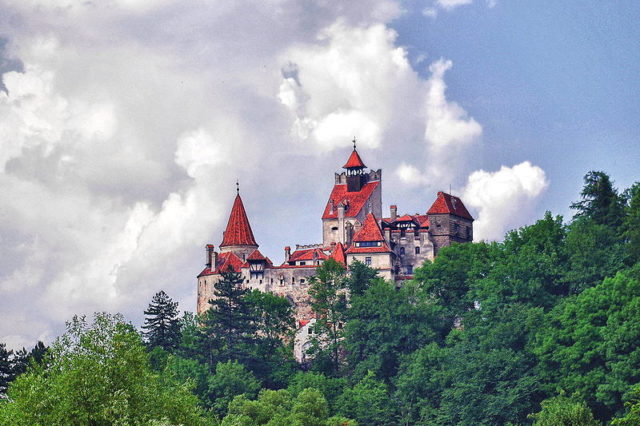
In 1920, the castle was given to Queen Maria of Romania, and she had it altered so that it could be a family residence. The area around the castle became an English park with a Tea House. When she died, it was bequeathed to Princess Ileana. Over time, it fell into disrepair as borders moved and wars happened. In 1993, the restoration works that started in 1987 were finished, and the castle became a museum. Eventually and relatively recently, the castle has been returned to the heirs of Princess Ileana of Romania.
8. Moscow Kremlin in Russia
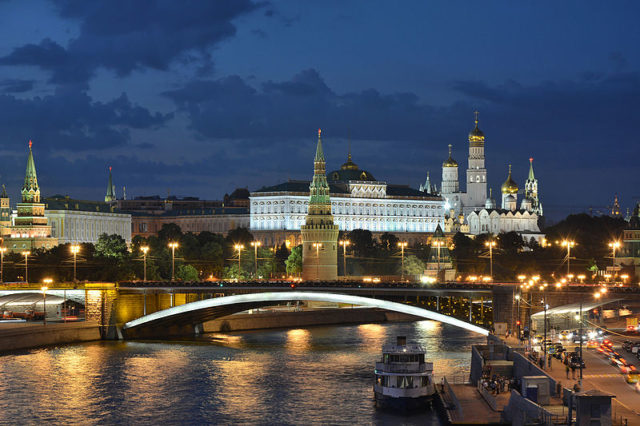
The Kremlin is a complex of many buildings, including palaces, cathedrals, and museums. The presidential and Administrative buildings are off limits to all visitors, but you can gain entrance to the palace hall, where concerts are held, and the Kremlin Museums and Territory can be found. An escorted tour of the Palace Complex is very expensive.
The Kremlin Territory is large, spanning 27 hectares and is home to the Kremlin Gardens which are lovely in summer. In the Cathedral Square, you can visit the five Cathedrals that make up this space. If you have a ticket to the Territory and Cathedral Square you should be able to view any temporary exhibitions.
7. Cairo Citadel in Egypt
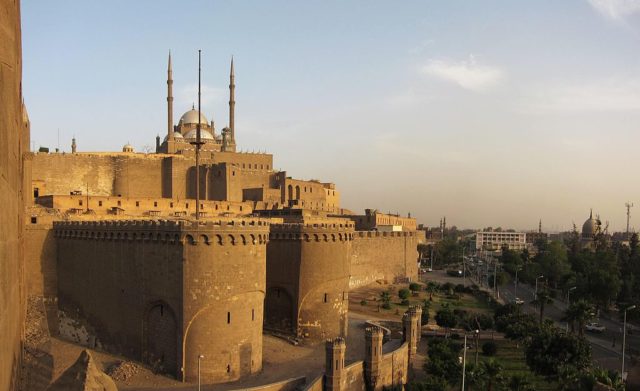
The Cairo Citadel is an Islamic Fort that was home to Egyptian rulers for 700 years. It is one of Cairo’s most popular tourist destinations. The medieval Citadel sits on a spur of limestone and is a very visible landmark on the eastern skyline. The placement of the Citadel was strategic, with it having wide views of the surroundings, it made it easier to be able to defend it. Salah ad-Din who had the Citadel constructed was from Syria where every town was a fortress, and so he brought those ideas into the construction of the Citadel.
The building has been altered and restored over the centuries and walking through the structure is like walking through time. It contains a National Police Museum, and at the end of the terrace, you can see a room still surviving from the Mamluk Striped Palace, which was hidden under rubble. A Harem Palace and a small Carriage Museum is also located in the structure. At the far end of Northern Enclosure, you will find the first Ottoman style mosque, built in Egypt in 1528. From the terraces, you can also see stunning vistas of Cairo.
6. Mont Saint Michel of France
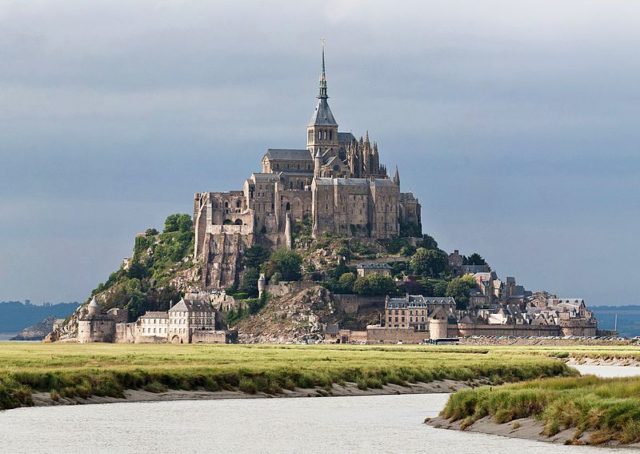
This is the most viewed tourist attraction in France. It is more than a castle; it is a complete medieval city sitting on an island in the bay of Mont Saint Michael Bay. It is still inhabited today and has been preserved due to it defenses and medieval walls.
Here you will find narrow streets, hotels, restaurants and old houses. It has been burnt down, rebuilt and restored over time. The Abbey has excellent and various examples of medieval architectural styles as it was built across different time periods.
5. Alnwick Castle in England
This is a British estate that is still home to the Duke of Northumberland. If you think it looks familiar, it is because it was used in both Downtown Abbey and the first two Harry Potter movies. Since 2012, it has received over 800,000 visitors a year.
It was built back in 1096 and has expanded over the years. It has seen history unfolding around it, with many battles and generations of residents. Many alterations were carried out in the 18th century. However, much of the Strawberry Hill Gothic style interiors that were added are now gone due to more work being carried out in the 19th century.

Only some rooms are accessible to the public as the Duke and his family live in the castle. The castle is open only in summer to visitors and is one of the most visited castles in England. In the towers are housed special exhibitions, such as military exhibitions and archaeological items of interest from around the world.
Near to the castle is The Alnwick Garden which is a formal garden with a cascading fountain. It is still being expanded and contains a novel garden called the poison garden. It has a pavilion and its own visitor center.
4. Windsor Castle of England
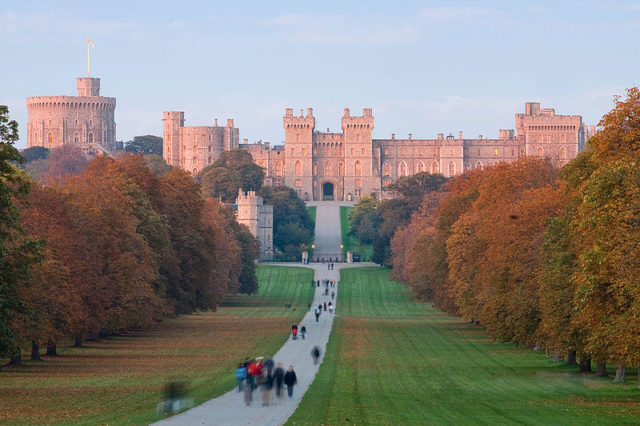
This castle has the title of being the largest, oldest inhabited castle, home to the British Royalty of today. The castle itself stretches over 5 hectares, and the area you are allowed in will take you about 3 hours to explore. A ticket will let you in to see the works of art in the State Apartments; you can visit St George’s Chapel where ten monarchs are buried, and you can look at Queen Mary’s Doll House that is large and filled with objects made by craftsmen and artists of the time. And don’t forget to watch the changing of the Guard.
For those who have family looking for a perfect Saturday outing, Windsor Castle offers the chance to dress up in replica costumes. The pageantry is linked to the history of the Castle and the Royal residents who have in the past made this place their home.
3. Schloss Neuschwanstein in Germany
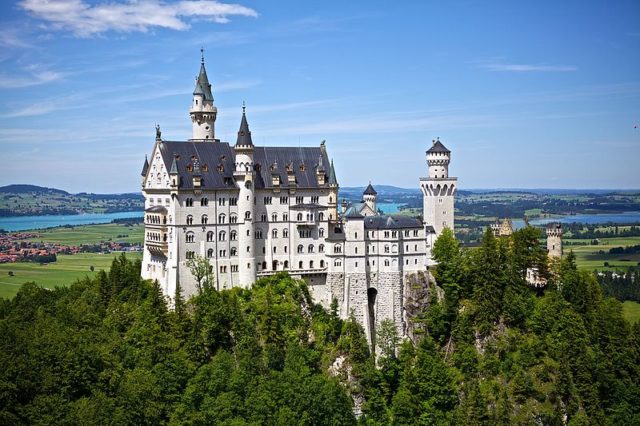
Found in Bavaria near the town of Fussen, it was built by King Ludwig II of Bavaria. He built many rooms in his castle in honour of Richard Wagner the composer. The name Neuschwanstein actually means ‘New Swan Castle’ and is believed to be referring to the ‘Swan Knight’ which was one of Wagner’s characters.
The castle looks like a fairy-tale castle should. For such a medieval castle, it is actually full of what was state of the art technology at the time of its construction in the 19th century, with flushing toilets and a heating system. This is the castle that inspired Walt Disney to create the Magic Kingdom. It is one of the most popular destinations in the world for tourists.
2. Kronborg Castle of Denmark
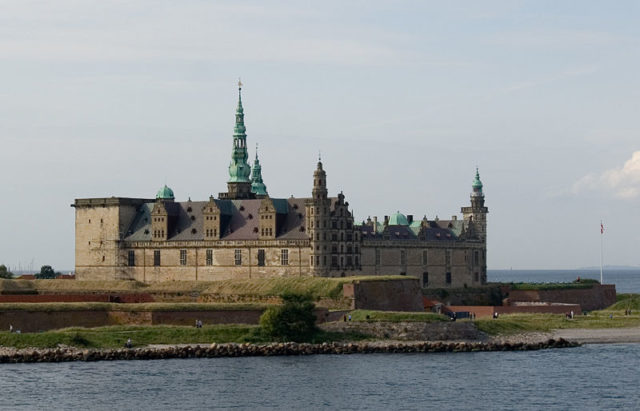
This is also known as Hamlet’s Castle, because this is where Shakespeare set the play, Hamlet. The castle, located in Helsingor, was built in the 1420s. It’s had a hard life, having been burnt down and rebuilt. Ships passing in the Baltic Sea paid tolls at the Castle, and the town it resides in used to be a very important town in Europe.
Guided tours run every day, and there are three different tours you can take. The castle has crypts and catacombs that one can explore, and under the castle the legendary stone statue of Holger the Dane rests. In summer, there are Shakespeare performances you can attend.
1. Schloss Schwerin in Germany
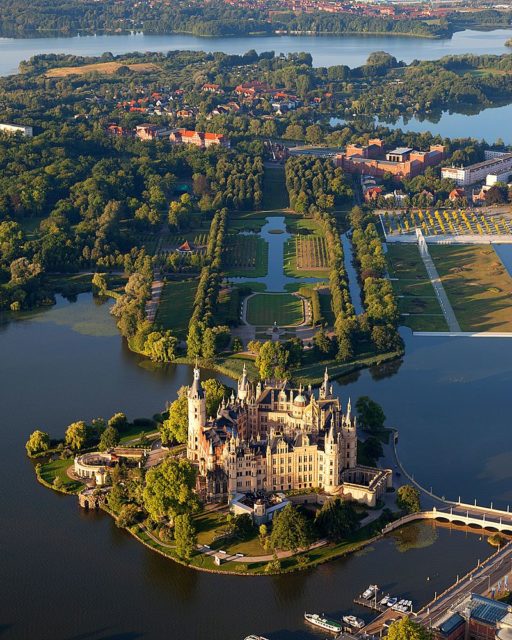
This castle is built out onto a lake, on an island that has some stunning gardens. The castle was built between 1845 and 1857 to become a home for the Dukes and Grand Dukes of Mecklenburg. It was styled similar to the French Renaissance castles, and it took over twelve years with a succession of architects to complete, HouseBeautiful reported.
Most of the castle is off limits, but it contains a museum that is open and shows a glimpse into the life of the Grand Dukes who used to live there. It is known for its gilding, marquetry floors and stucco. The most stunning room is the Throne room with its gilded cast iron doors and columns of marble. Baroque gardens surround the building and concerts are held there regularly.
